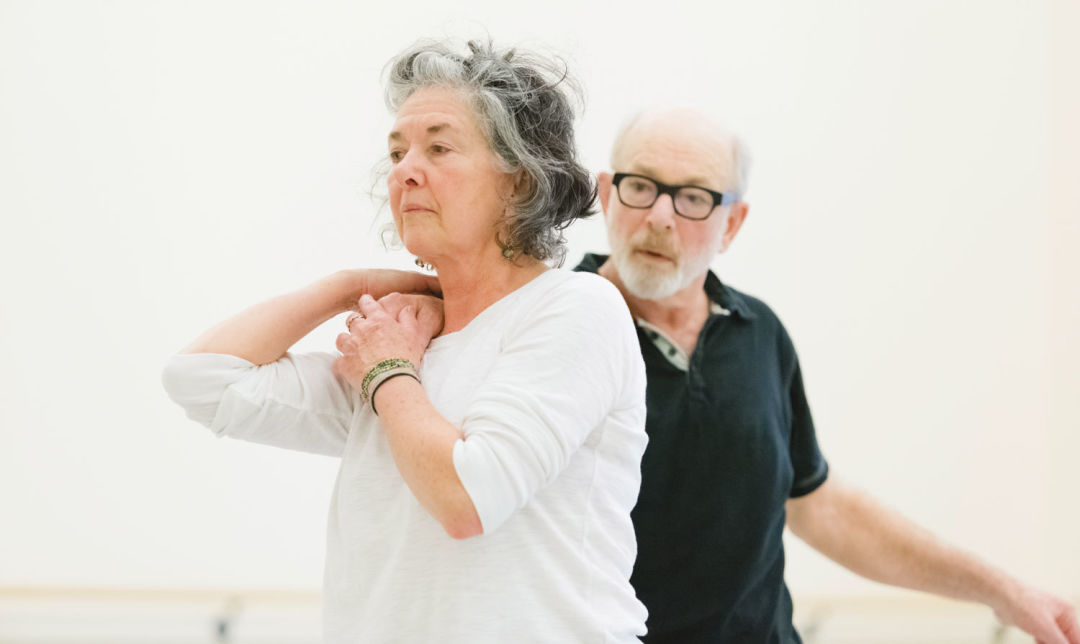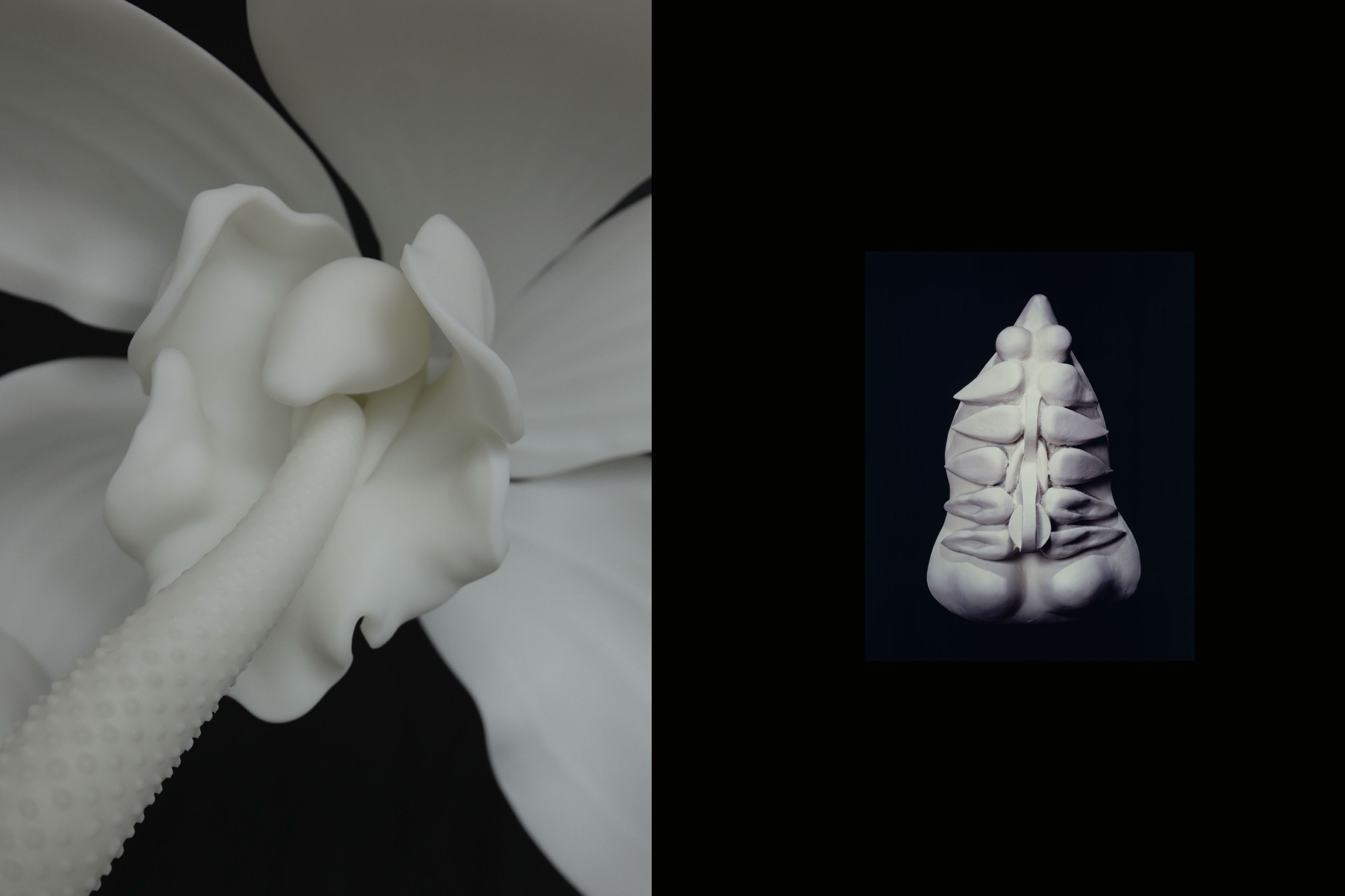Twenty-Somethings and Sexagenarians Dance Together at Oregon Ballet Theatre

Image: Blaine Truitt Covert
After Nicolo Fonte visited the Oregon Historical Society in 2009, a series of photos by Mark Golebiowski—striking and vivid 3-D depictions of dead and dying flowers—stayed with the choreographer. “The essence of flowerness was still so powerful and potent, you could see the memory of the flower in the photograph,” recalls Fonte. “That was the beginning of the idea for the ballet.”
Beautiful Decay—which closes Oregon Ballet Theatre’s 2015/16 season—is the result: a balletic meditation on the passage of time, and the value of our very movement through it.
“What happens when physical prowess is no longer accessible? What’s left?” asks Fonte, who choreographed 2014’s Never Stop Falling in Love and 2011’s Left Unsaid for OBT. To answer this, OBT dancers—average age, mid to late twenties—will be joined by two stalwarts of Portland contemporary dance, sexagenarians Gregg Bielemeier and Susan Banyas.
“I love the balance between their physicality and ours,” says Banyas, who at 68 has been dancing for more than 40 years. “We’re all dealing with time and space, so we have the same vocabulary. We’re just using it differently.”
The piece, with its focus on aging and the twilight years, has a personal appeal for Bielemeier. “I’m 65, so I’m shifting into that place,” he says. “And I love that Fonte appreciates that it is beautiful, this shifting of time.”
Bielemeier and Banyas, longtime collaborators who have each performed, choreographed, and taught dance for decades, are making their OBT debuts in Beautiful Decay. And the passage of time on their own bodies—Bielemeier just had both hips replaced—comes with challenges. “Even a simple movement for me takes a little more time,” Banyas says. “I’m involved in it in a different way. ”
But for Fonte, the dancers’ age also brings something new and essential to the piece—a command of the stage that can come only with time. “A lot of it is in stillness and stage presence—you can’t fake that. You have to get there with 40 years of experience,” he says. “That was a major discovery for me. It was the whole premise of the ballet, but I also discovered it in the process.”




